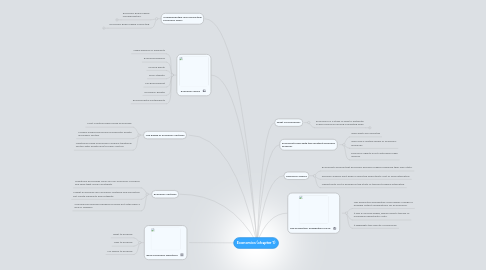Economics (chapter 1)
por Nik Ivanov


1. Basic Economic Questions
1.1. What to produce
1.2. How to produce
1.3. For whom to produce
2. Economic Systems
2.1. Traditional economies focus on non-economic concerns and have tight social constraints
2.2. Market economies are consumer-centered and innovative but create inequality and instability
2.3. Command economies equalize incomes but often have a lack of freedom
3. The Range of Economic Systems
3.1. Most countries have mixed economies
3.2. Modern mixed economies include both private and public sectors
3.3. Traditional mixed economies combine traditional sectors with private and/or public sectors
4. Economic Goals
4.1. Viable balance of payments
4.2. Economiceffience
4.3. Income equity
4.4. Price Stability
4.5. Full Emplloyment
4.6. Economic growth
4.7. Environmental sustainability
5. Complementary and Conflicting Economic Goals
5.1. Economic goals maybe complementary.
5.1.1. The relationship between full employment and economic growth
5.2. Economic goals maybe conflicting
5.2.1. The relationship between price stability and full employment
6. What is Economics?
6.1. Economics is a study of how to distribute scarce resources among competing ends.
6.1.1. Microeconomics focuses on individual consumers and businesses
6.1.2. Macroeconomics takes a broad view of the economy
